 | | | Collecting and preserving meteorites since 1998. |
| |
|  |
|
|
On March 5th, 1960, stones fell amongst the rooftops of several villages near Burkina Faso's border with Ghana. Sonic effects were heard as far as 70 kilometers away; at the time of the fall, many villagers thought that they were being attacked by the military. The sounds they heard heralded one of the largest meteorite falls in recorded history. Tens of thousands of meteorites have since been recovered.
Initial reports described two separate falls, occurring roughly a month apart, at the towns of Gao and Guenie, respectively. For nearly forty years, these meteorites were sold differently as separate falls: 'Gao,' or 'Upper Volta,' and 'Guenie.'
From MB 83:
Gao-Guenie, new name. With the recent paper by Bourot-Denise et al. (1998), the Meteorite Nomenclature Committee has decided that a new, collective name, Gao-Guenie, will be bestowed upon all meteorites formerly identified as either Gao (Upper Volta) (frequently truncated to Gao) or Guenie. It had been reported that two meteorite showers occurred one month apart in 1960 in the country now known as Burkina Faso. But the new work confirms long-held suspicions that the two meteorites are indistinguishable from each other and that there was most likely only one fall (1960 March 5). The confusion about this meteorite has been compounded by the fact that new stones continue to be found ~40 years after the fall and are given arbitrarily one or the other name. Henceforth, the official name for all meteorites from this shower will be Gao-Guenie, with the names Gao (Upper Volta) and Guenie as recognized synonyms.
|
http://www.lpi.usra.edu/meteor/metbull.php?sea=Gao-Guenie&sfor=names&ants=&falls=&valids=&stype=contains&lrec=50&map=ge&browse=&country=All&srt=name&categ=All&mblist=All&rect=&phot=&snew=0&pnt=Normal%20table&code=10854
Guenie was classified as a H4, and Gao, an H5. A classification of H5 has been accepted for Gao-Guenie.
The specimens offered below are all flight-oriented individuals hand-picked from several kilograms of individuals and fragments. I was fortunate enough to have the opportunity to cherry-pick nearly ten kilograms of Gao; you won't find nicer stones often. The availability of Gao is truly a blessing for us meteorite collectors. Without it, such examples of fresh, oriented meteorites would be few and far between -- well, even more so than they are now.
I dislike cleaning Gao, because the cleaning process changes the texture of the fusion crust by removing the outermost surface of it. It also erases fine flowlines, which are evident on many of the specimens below.
4.84g
 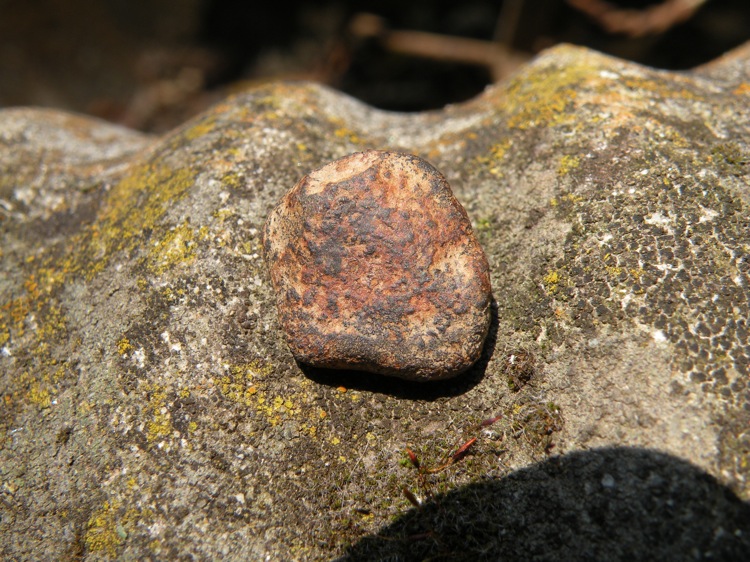
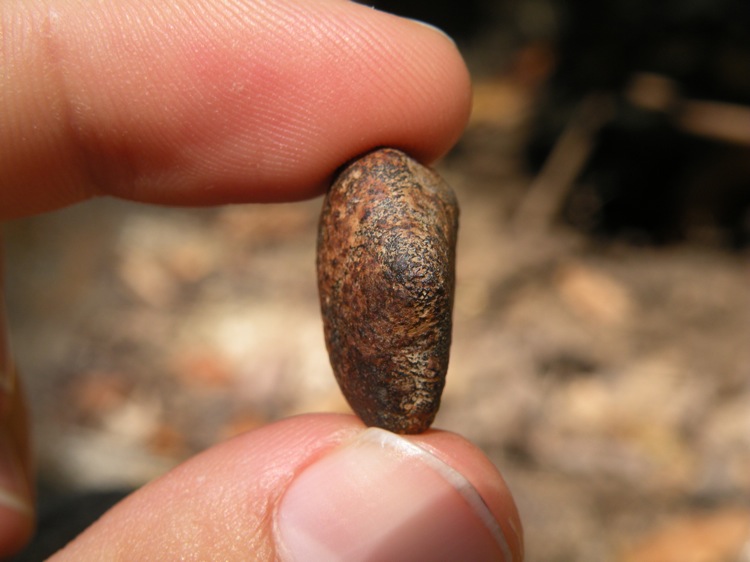
Flowlines, lipping - one of the better shapes of the group: a good example of a little heatshield.
$25
Send an Email
7.76g - IMB
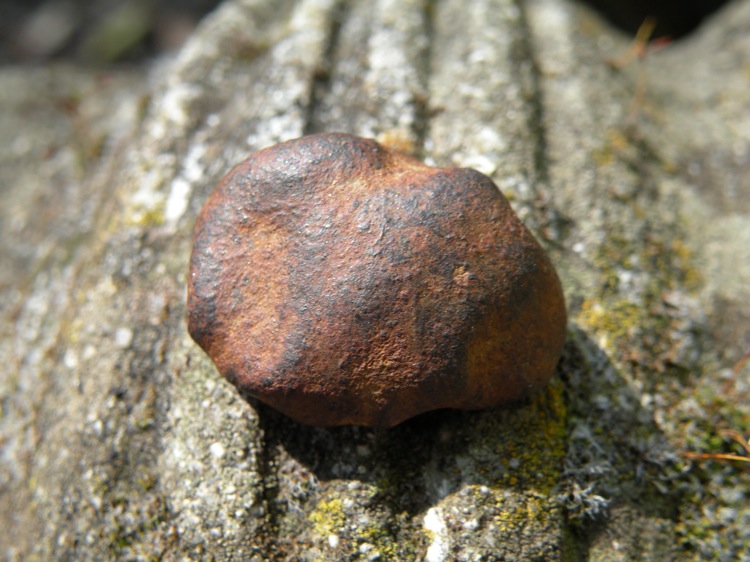 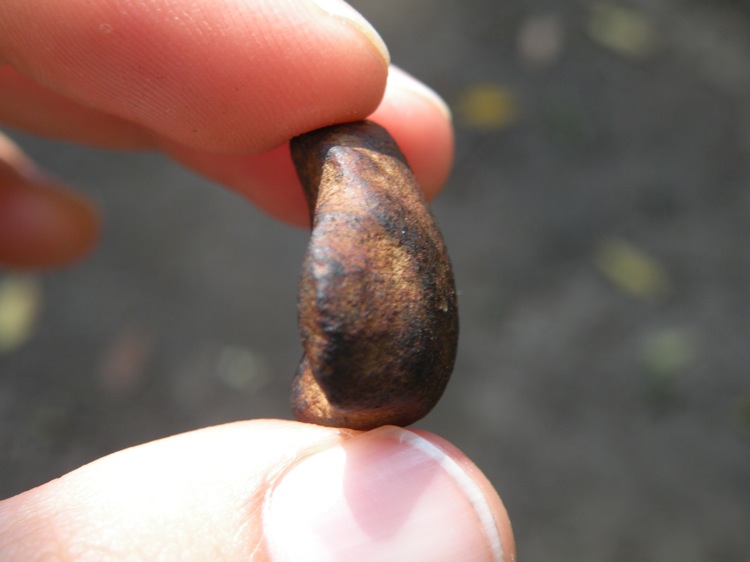
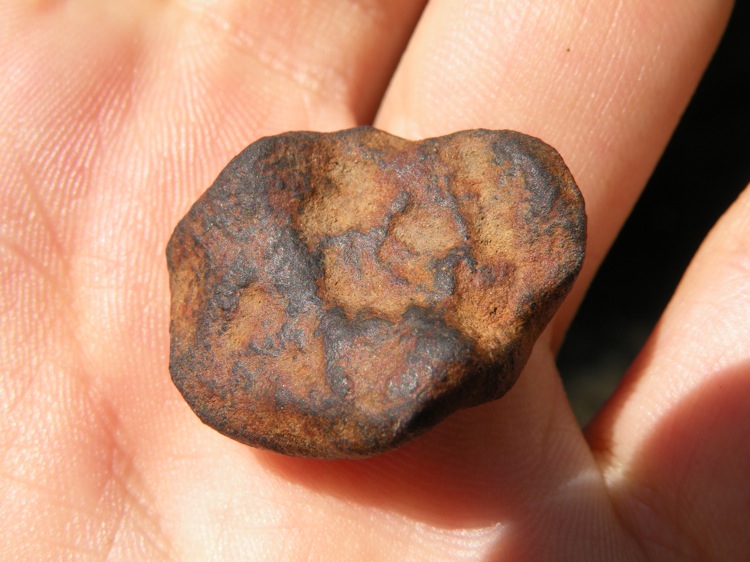
I *think* this stone is IMB because its texture is funny as well, but I'm not 100% sure about this one. Either way it's a nice shield-shaped, oriented stone - note the fine froth around the edge of the stone in the last picture.
$60
Send an Email
16.38g
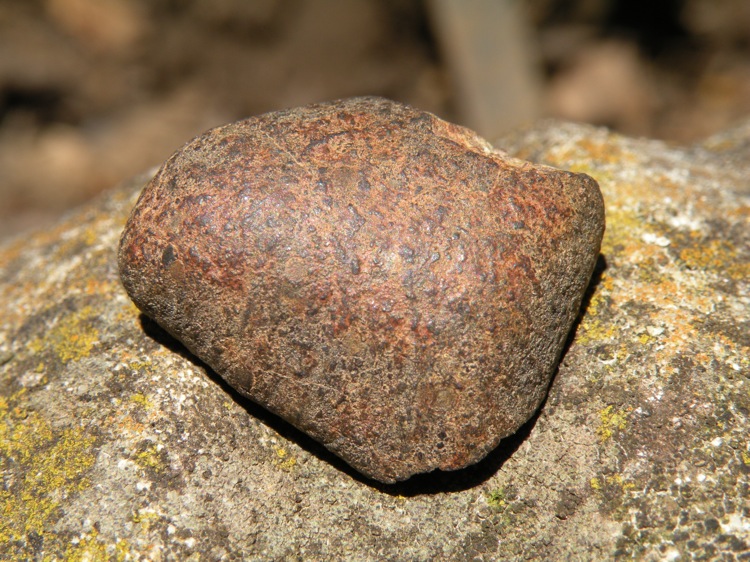 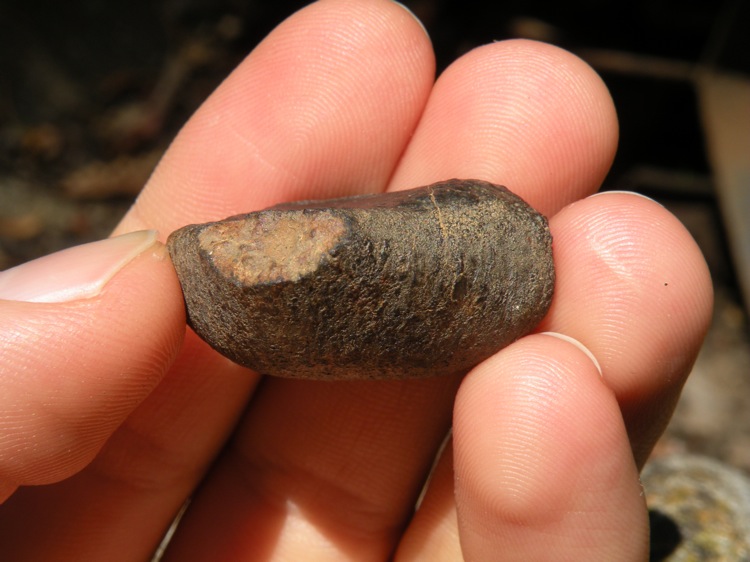
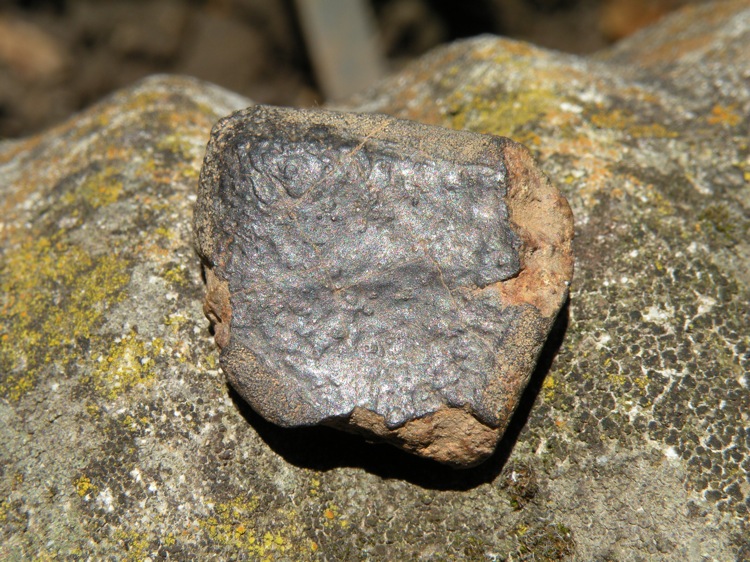
So oriented...
$150
Send an Email
5.94g
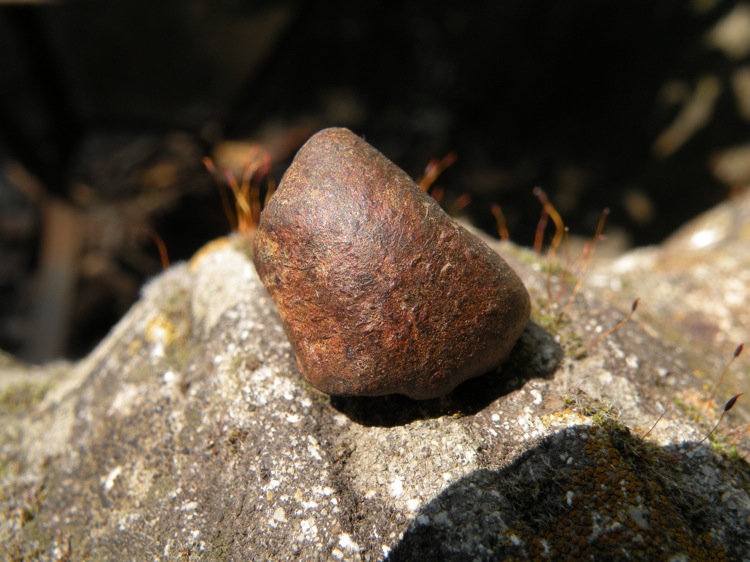 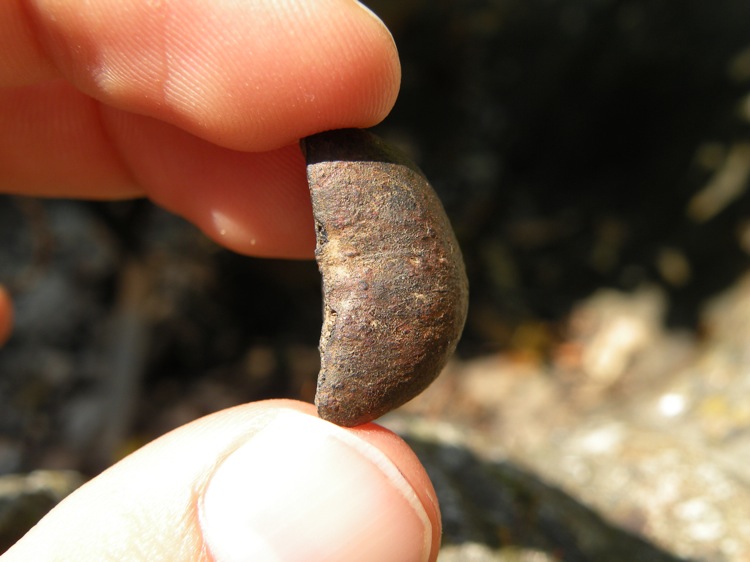
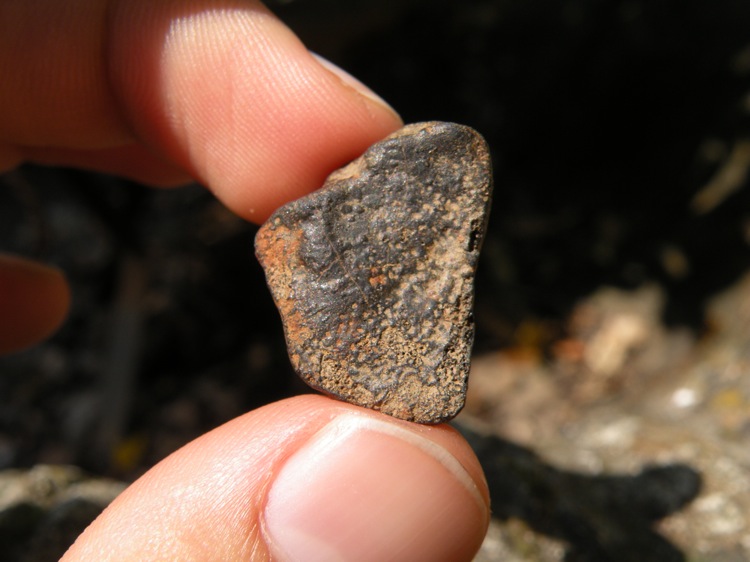
Another beauty - thick froth on the back, and it curves back on itself! Great shape.
$100
Send an Email
19.55g - sold
6.34g - sold
3.68g - sold
9.51g - sold
8.71g - sold
3.36g - sold
3.18g - sold
2.49g - sold
3.55g - sold
3.70g - sold
7.57g - sold
4.15g - sold
5.10g - sold |
| | |
|
